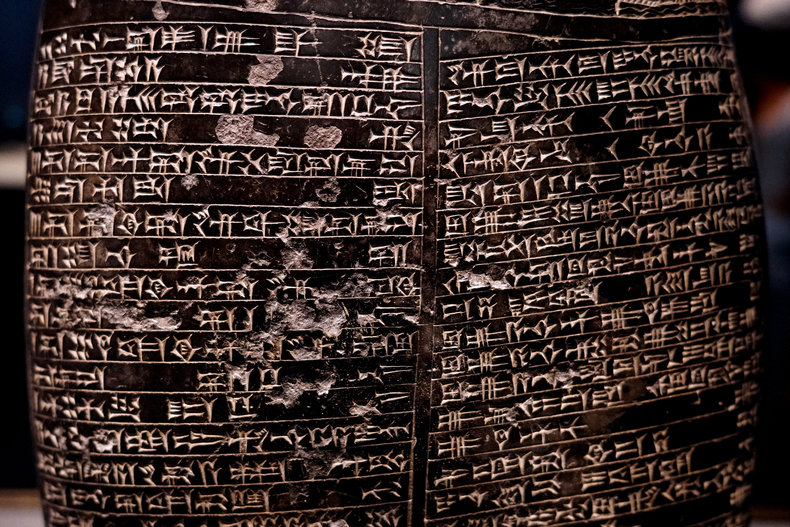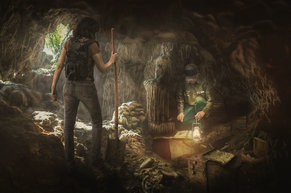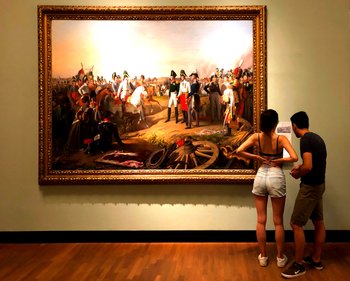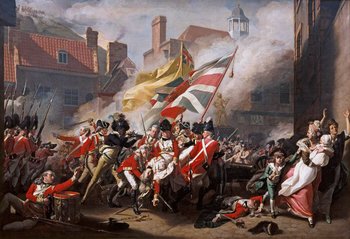|
| |
A written record is any written communication that is preserved such that it becomes an artifact of the past. These can be recorded in formats such as stone, papyrus scrolls, paper or digital media. Current written records are useful for purposes such as audits and investigations. Older records are important to history, science and social science in order to reconstruct past events and conditions. The following are common types of written record.
Autobiographies | Birth certificates | Census data | Chronicles | Classified ads | Contracts | Court records | Death certificates | Deeds | Diaries | Digital documents | Digital messages | Diplomas | Emails | Essays | Field notes | Government budgets | Government documents | Gravestones | Hieroglyphics | Inscriptions | International agreements | Interview transcripts | Journals | Laws and statutes | Letters | Magazines | Manuscripts | Maps | Marriage records | Meeting minutes | Memoirs | Newspapers | Novels | Obituaries | Oral history transcripts | Periodicals | Postcards | Proclamations | Property deeds | Public meeting minutes | Public policy documents | Public records | Receipts | Research papers | Research proposals | Resumes | Scorecards | Screenplays | Tax returns | Telegrams | Theses and dissertations | Treaties | Voter registration records | Wills |
Historical Written RecordsThe following are illustrative examples of historical written records that are important to social science, culture, society and law.The Magna Carta | The Declaration of Independence | The United States Constitution | The Emancipation Proclamation | The Treaty of Versailles | The Rosetta Stone Inscription | The Dead Sea Scrolls | The Domesday Book | The Gutenberg Bible | The Diary of Anne Frank | The Gettysburg Address | The Letters of Vincent van Gogh | The Edict of Milan | The First Folio of Shakespeare | The Nuremberg Laws | The Hiroshima Diary of Michihiko Hachiya | The Records of the Grand Historian | The Habeas Corpus Act | The 95 Theses by Martin Luther | The Geneva Conventions |
More about information science:
If you enjoyed this page, please consider bookmarking Simplicable.
© 2010-2023 Simplicable. All Rights Reserved. Reproduction of materials found on this site, in any form, without explicit permission is prohibited.
View credits & copyrights or citation information for this page.
|



























